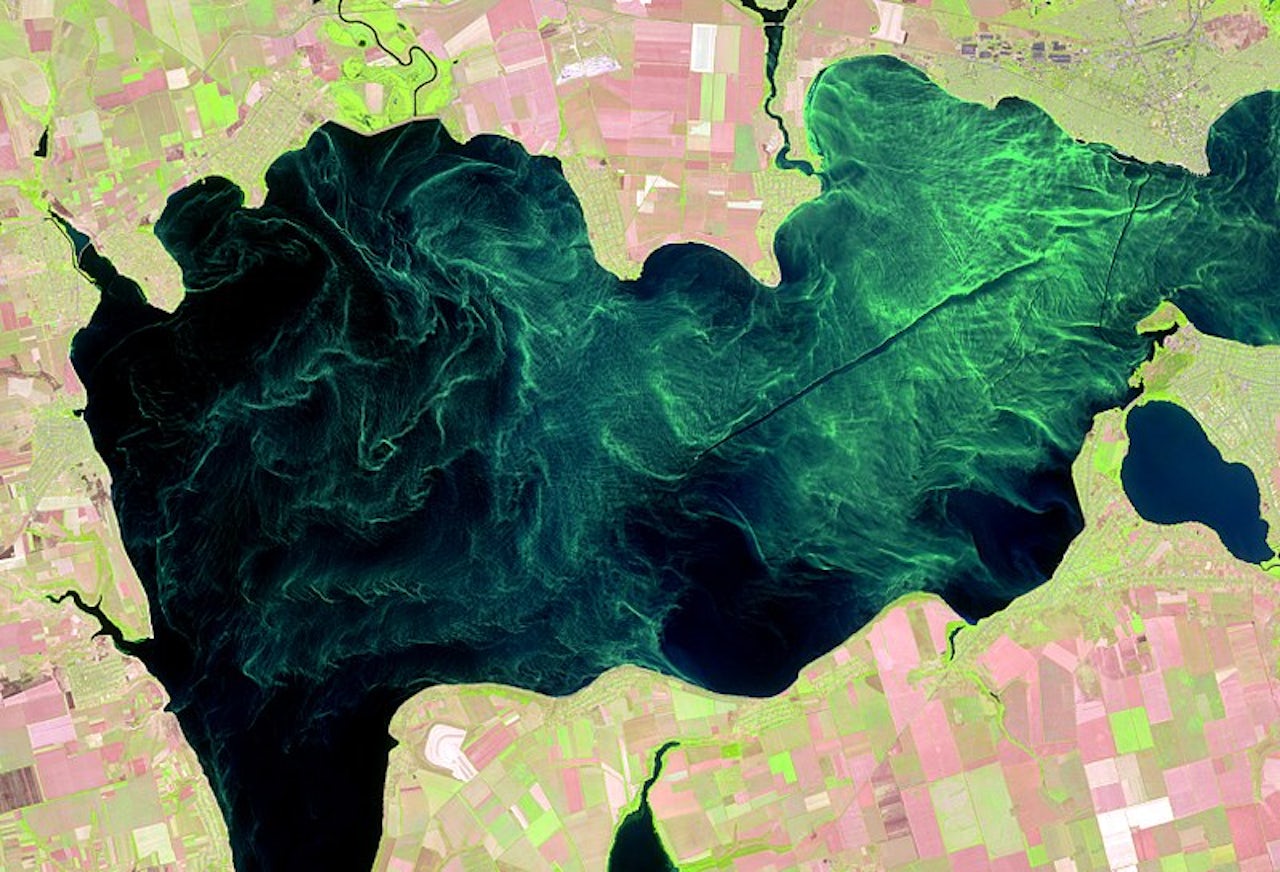When there’s not enough oxygen in the water, life can’t persist.
Water is infused with microscopic bubbles of oxygen that marine life relies on to breathe. Without it, they suffocate on the spot. Species that can survive with less of it contend with shrunken sex organs and depleted hormones, making it difficult or impossible to reproduce. People who depend on local sea life as a source of nutrition—such as people from from the Gulf of Mexico, or the Baltic Sea and Northern Seas near Europe—could even get sick from eating oxygen-depleted marine life.
The condition of having too little oxygen, known as hypoxia, has been a problem for years. Now, according to new research from the GEOMAR Helmholtz Centre for Ocean Research in Kiel, Germany, the problem is much worse than we thought, on a global scale. In just fifty years, at least two percent of all oxygen in the world’s oceans has disappeared—and oceanographers have no idea why it’s happening so quickly. Existing ocean measurements and computer models can overestimate the amount of oxygen, at best. They can’t explain why this is happening.
“[The models] are not able to reproduce the recent oxygen decline exactly,” lead researcher Andreas Oschlies said in a press release. “Instead, they significantly underestimate the observed oxygen loss.”
Mild hypoxia is natural and has to do with natural ocean circulation and how much oxygen is in the atmosphere at different times of year. But this oxygen depletion is completely unnatural. In large enough areas with little enough oxygen, a lack of oxygen creates “dead zones” thousands of square miles in size where life is incredibly sparse at best. Scientists who have travelled to these dead zones have seen floor-dwelling animals, like crabs, gasping for oxygen at the surface of the water.
Particularly vulnerable areas, like California-adjacent Pacific Ocean, has seen the size of dead zones double each decade since the 1960s. Last year, the Gulf of Mexico had a toxic dead zone that was larger than the size of New Jersey—the largest ever recorded.
We know that both of the main mechanisms behind extreme hypoxia are human-caused: excessive nitrogen and phosphorus pollution from fertilizer and manufacturing waste, and climate change.
The chemical pollution from fertilizer creates perfect conditions for microscopic organisms like phytoplankton, but unfortunately, conditions that are ideal for them are ideal for pretty much no other life forms. Phytoplankton excess can create an algae bloom, which makes the water chemically-dense and oxygen-depleted.
Climate change makes the effects even worse. The ocean takes up most of the heat that is being retained in the atmosphere, and as the ocean heats up, oxygen can't dissolve as well into the water. But the researcher claims that this factor can only explain 20 percent of the oxygen loss.
“We often lack the data or the knowledge about many processes that interact in the ocean's response to global warming," researcher Andreas Oschlies said in a press release. "Our study shows that previous models significantly underestimate the effects of this interaction, at least on the oxygen distribution."

